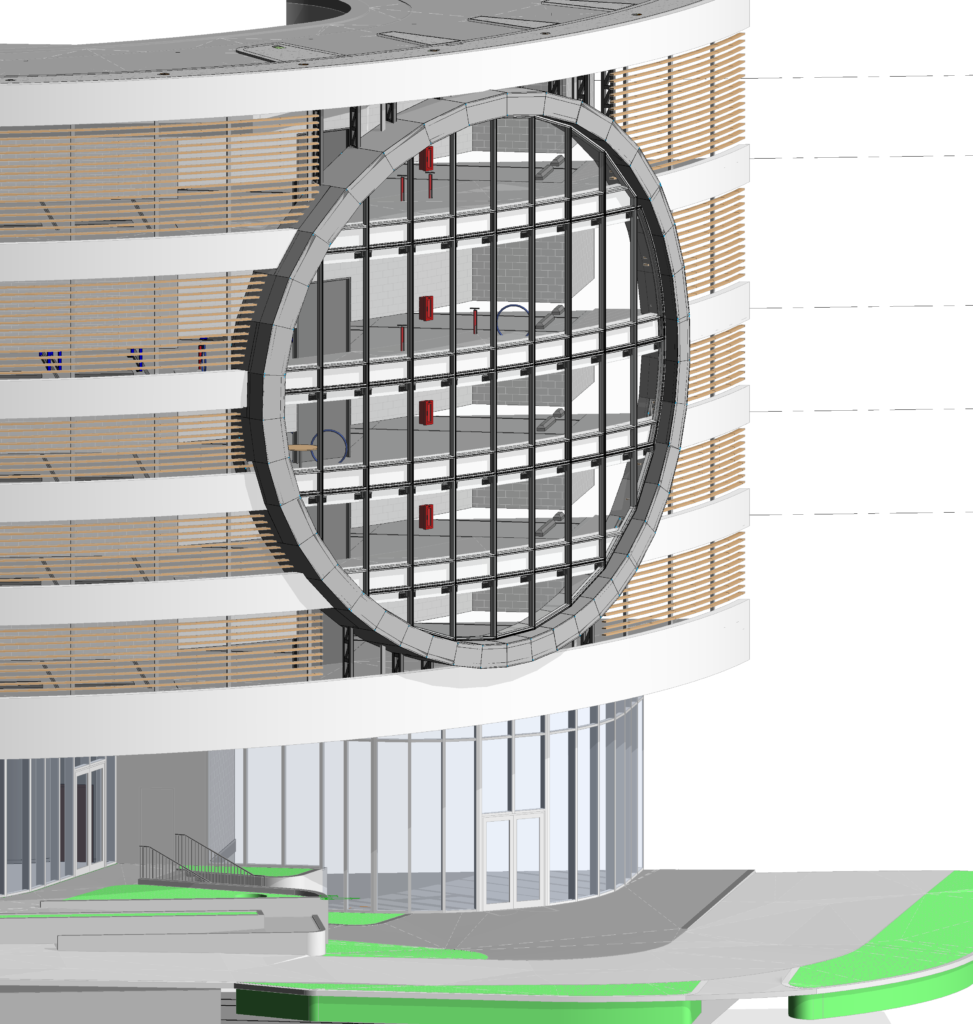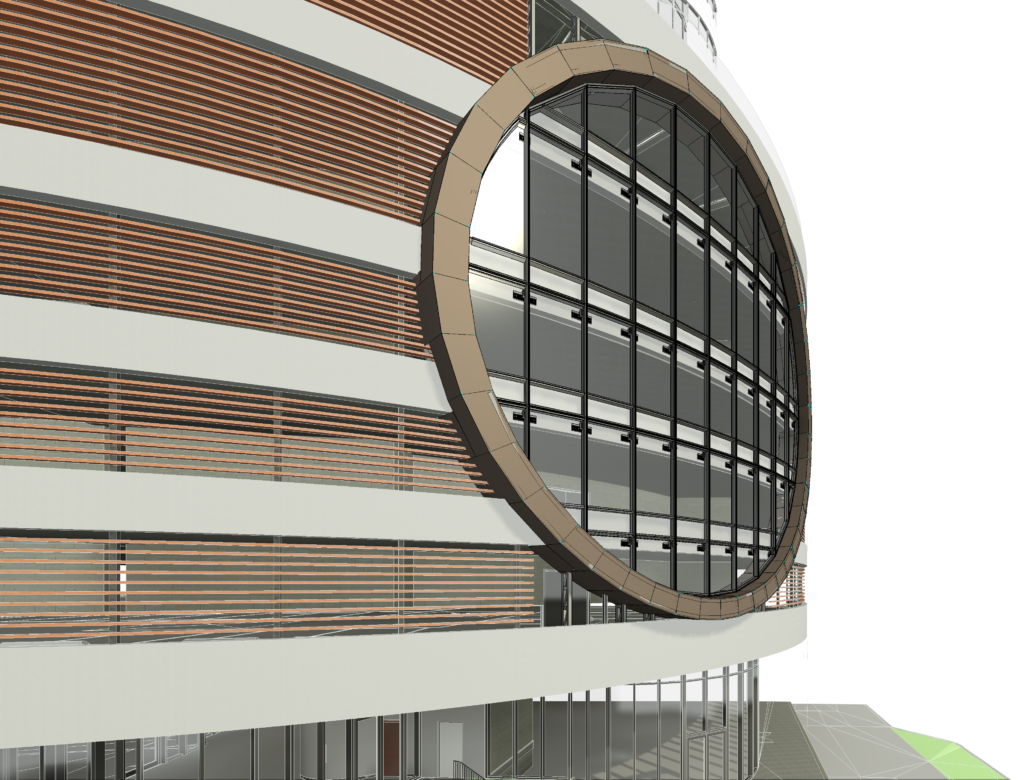The construction industry is experiencing a revolution in how projects are designed, coordinated, and executed, and at the heart of this transformation is Building Information Modeling (BIM). From architects to glazing contractors, BIM is reshaping the way stakeholders approach facade design and project management, offering unprecedented levels of collaboration and efficiency.
Why BIM is Growing in Popularity for Facade Design
In facade engineering, where precision and coordination are paramount, BIM is becoming the go-to solution. Here’s why:
- Streamlined Collaboration: BIM provides a centralized platform where all stakeholders work on the same digital model. This transparency allows architects, engineers, glazing contractors, and manufacturers to access up-to-date information in real-time.
- Enhanced Accuracy: By integrating all project details into a single model, BIM minimizes errors and inconsistencies that often arise from miscommunication or outdated information.
- Efficient Planning: BIM emphasizes planning upfront, enabling teams to address potential challenges early and make informed decisions before construction begins.
Coordination Across Trades
One of the most significant advantages of BIM is its ability to facilitate seamless coordination across trades. With all project data consolidated in one model:
- Engineers and architects can ensure structural components align with aesthetic goals.
- Glazing contractors can optimize installation sequences and material usage.
- Window and door manufacturers can validate product specifications against design requirements. This interconnected workflow reduces the risk of costly rework and ensures that all components integrate flawlessly.
Minimizing Errors and Maximizing Efficiency
Traditional design and construction methods are prone to errors due to fragmented processes. BIM mitigates these risks by:
- Automatically detecting clashes between elements such as facade panels and structural beams.
- Providing visual simulations to identify potential issues before construction begins.
- Enabling stakeholders to make adjustments virtually, saving time and money on-site.
Real-Time Updates and Visibility
BIM models serve as a living document for the entire project lifecycle. Changes made by one party are reflected in real-time, ensuring everyone works with the latest data. This shared visibility:
- Keeps all stakeholders informed about project progress.
- Reduces miscommunication and prevents delays caused by outdated plans.
- Enhances accountability among team members.
The Role of Revit in BIM
Among the leading BIM tools, Revit stands out as a powerful platform for facade design. Revit enables architects, engineers, and contractors to:
- Create highly detailed 3D models with precise specifications.
- Conduct advanced analyses, including thermal and structural simulations.
- Generate automated schedules and cost estimates directly from the model.
However, the effectiveness of Revit depends on the proficiency of the users. Training and familiarity with Revit are essential for all project stakeholders to maximize the platform’s potential and ensure smooth collaboration.
Upfront Investment, Long-Term Rewards
BIM requires more planning and effort during the early stages of a project, but this investment pays off significantly over time. By resolving conflicts early, ensuring accurate designs, and streamlining workflows, BIM saves time, reduces waste, and enhances the overall quality of the final product.
BIM’s Role in the Future of Facades
The demand for BIM in facade design is only expected to grow as projects become more complex and sustainability takes center stage. BIM enables:
- Integration of advanced materials and innovative designs.
- Precise tracking of environmental performance metrics, such as thermal efficiency and energy consumption.
- Easier adaptation to changing project requirements.
Adopting BIM: A Collective Effort
To fully leverage BIM, all stakeholders—architects, engineers, glazing contractors, and manufacturers—must commit to adopting the technology and building their skills. With proper training and collaboration, teams can unlock the full potential of BIM and deliver superior outcomes for facade projects.
Conclusion
BIM is no longer just a trend but a necessity in modern facade design and construction. By fostering collaboration, reducing errors, and enhancing efficiency, BIM empowers stakeholders to deliver innovative, high-quality solutions that meet the demands of today’s complex projects. Embracing BIM is an investment in the future—one that will set your team apart in a competitive industry.


